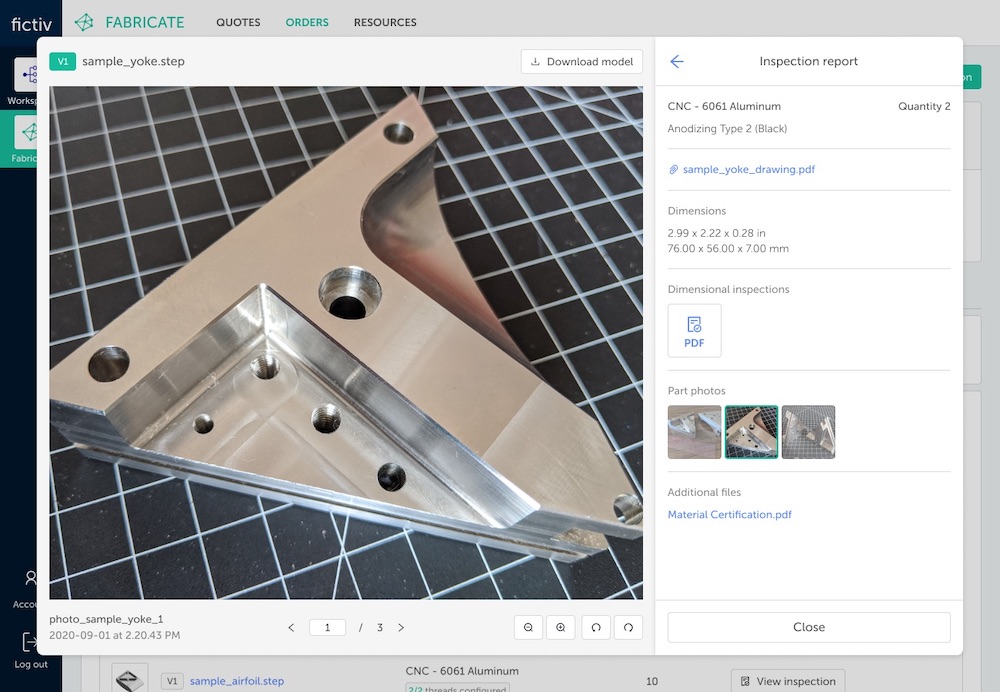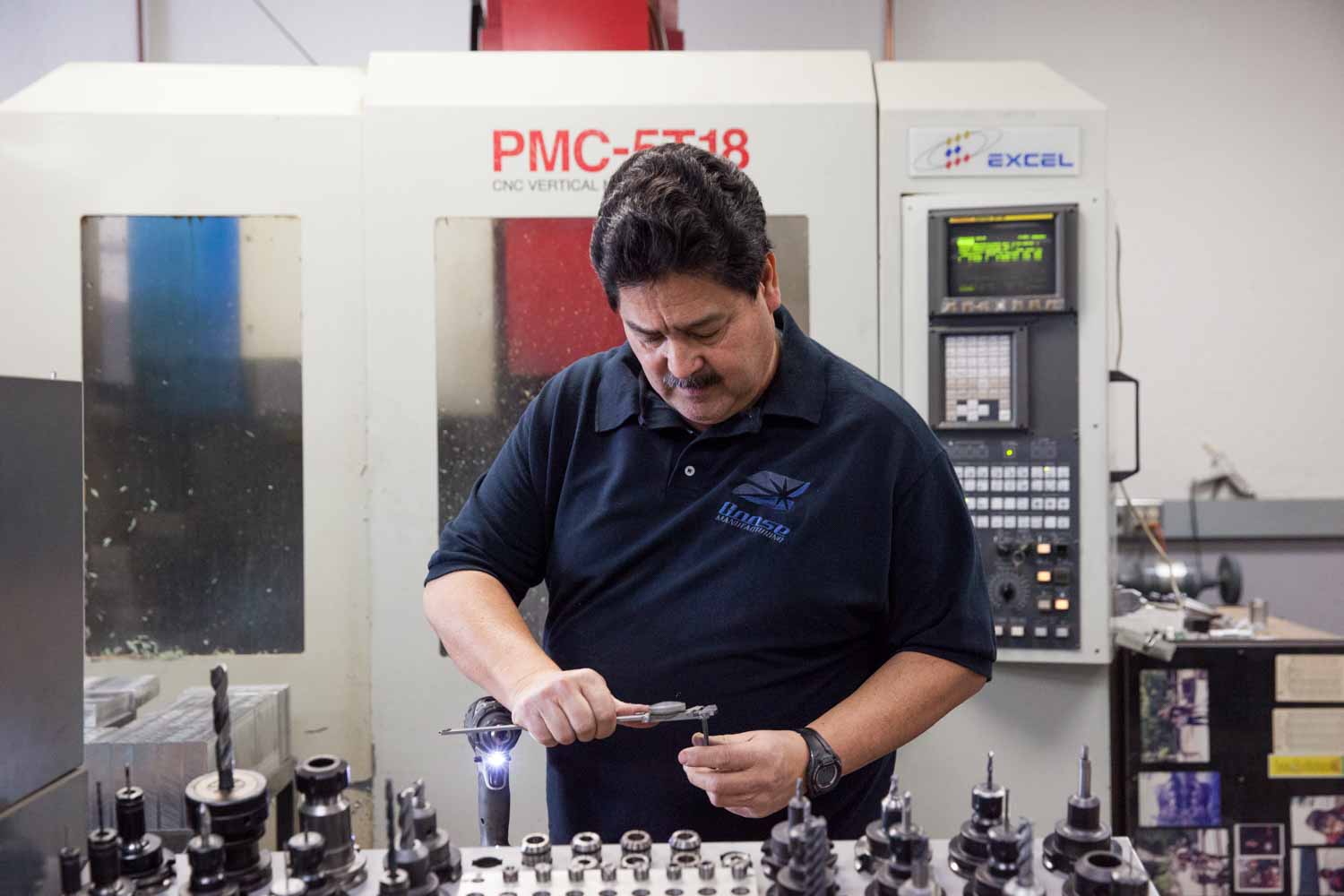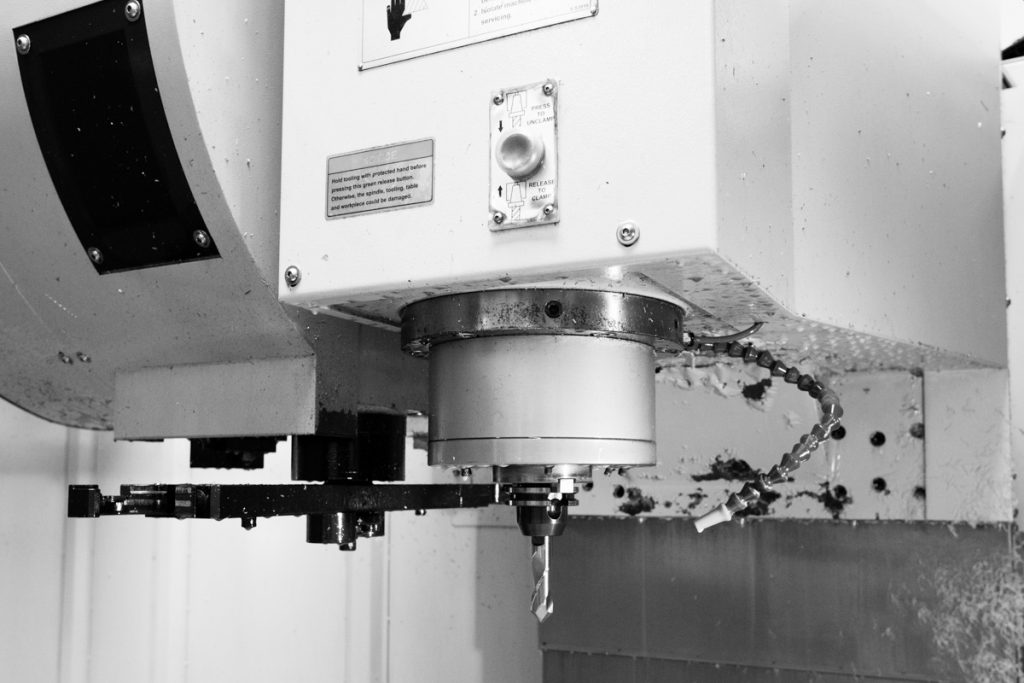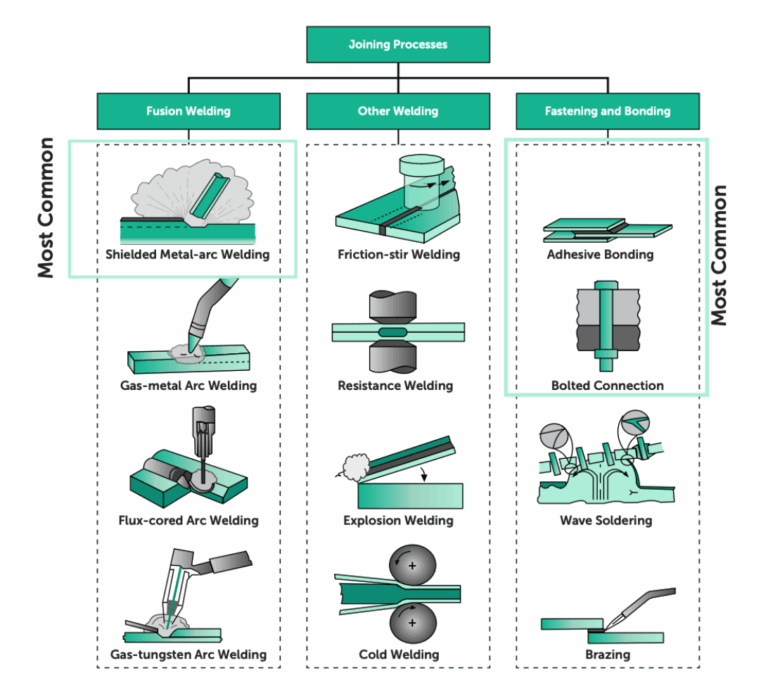Time to read: 5 min
A supplier evaluation uses both quantitative and qualitative data to assess a manufacturing partner. Quantitative data is numbers-based, or measurable, while qualitative data is descriptive, or language-based instead. For example, the percentage of on-time deliveries is quantitative, but testimonials about a supplier’s ability to fill orders with short lead times is qualitative — make sense?
If you’re looking for 3D printing, injection molding, CNC machining, or urethane casting services, you need to know whether a supplier can deliver on its promises. Because Fictiv works with a vetted network of manufacturing partners, we evaluate suppliers carefully and can help mitigate supply chain risks for you.
If you’re looking for new suppliers, pay close attention to quality, capacity, risks, costs, and pricing, AKA the five key factors to consider in a supplier evaluation for a new or existing vendor.

Fictiv believes in radical transparency for production quality visibility.
Quality
Quality is about more than getting good parts, but how does a supplier know that it’s sending you good parts, and what happens if you get bad parts instead? If a partner fails to meet quality requirements, can it pinpoint the reasons why? A supplier with a proven commitment to quality can answer these questions and provide documentation about part quality and their inspections.
When evaluating supplier quality, you should consider the following:
- Quality management system
- Quality control processes
- Quality control documentation
- Performance history
- Product/service specifications
- Samples
Here are some key considerations, questions to ask, and items to look for that will help you gain a good understanding of how a given supplier approaches quality:
Quality Management System
Ask about their quality management system (QMS), which contains their processes and procedures for ensuring quality. Has the supplier implemented a recognized quality standard such as ISO 9001? If so, has the supplier’s QMS been independently certified? Are there supplier audits you can review?
Quality Control Processes
Review the supplier’s quality control (QC) processes, including inspection methods, testing procedures, and quality assurance (QA) protocols. Find out how the supplier monitors and controls quality from the time your order arrives until your parts are shipped.
Quality Control Documentation
Request documentation such as part inspection reports and material certifications, then review these documents to verify that the supplier has processes in place and can provide evidence of compliance. For example, can the supplier furnish a certificate of analysis (COA) for a batch of USP Class VI medical plastics?
Performance History
Ask about the supplier’s performance history and request metrics such as their scrap rate. Also, consider how past quality issues could affect your own products. Suppliers won’t advertise their shortcomings, but those that are committed to continuous improvement have processes in place to track corrective actions and implement preventive measures.
Product/Service Specifications
Define the level of quality that you expect from the supplier. Provide information such as part tolerances, allowable component or material substitutions, and any standards or ratings (such as UL 94 V0 flame resistance) that you need to meet.
Samples
Request samples to assess supplier quality firsthand. For example, if an injection molder claims to be able to provide parts with specific surface finishes, ask if samples with different finishes are available. If they’re not, are there photographs of past projects you could review?

Capacity
Capacity is the maximum amount of production that a manufacturer can achieve or maintain. As a potential customer, you need to know what a supplier’s capacity means in terms of your business. For example, if an injection molder says they’re at 75% capacity, can it fill your current order on time and process a subsequent order that’s twice as large?
As a best practice, avoid choosing new suppliers who are at less than 60% capacity since a lack of demand could indicate a lack of competitiveness. If a supplier is over 80% capacity, however, you could risk production delays or stock-outs. This 60% to 80% “sweet spot” is a good general rule, but remember that this percentage will change over time — without proper capacity planning in place, a supplier may be unprepared.
How can you evaluate a supplier’s capacity?
- Ask about the supplier’s current production levels and whether they are typical.
- Visit the supplier’s facility (if possible) and observe its production processes.
- Evaluate the supplier’s ability to meet rush orders and adjust order quantities.
- Consider how the supplier allocates resources, including personnel and materials.
- Ask about the supplier’s inventory management practices, such as just-in-time inventory.
- Assess the supplier’s financial stability and consider its ability to grow with you.

Fictiv secured $100M in funding to solve supply chain risks and accelerate time to market.
Risks
Supplier risks are wide-ranging and include everything from material shortages to human-caused and natural disasters. As a potential customer, it’s your job to evaluate supplier risks in terms of the following:
- Visibility
- Delivery
- Market fluctuations
- Image and compliance
Naturally, there’s some overlap with quality and capacity considerations. By compiling a supplier scorecard, however, you can evaluate individual suppliers and compare them.
Visibility
For publicly-traded companies, annual revenues and growth forecasts are usually available online. Determining the financial situation of a privately-held company is more challenging, but this lack of visibility is an opportunity to evaluate a supplier based on its openness to your inquiries.
Delivery
What is the supplier’s on-time delivery performance, and how could a human-caused or natural disaster affect this? For example, if a potential supplier is located on the U.S. Gulf Coast, does the company have a disaster plan for hurricanes?
Market Fluctuations
Material prices and labor rates have risen in recent years. In addition to asking how a supplier avoids stockouts, find out if there have been recent price increases. Also, at a time when skilled labor is especially hard to find, is the supplier struggling to find workers?
Image and Compliance
A supplier’s legal, environmental, or regulatory violations could pose a risk to your company’s reputation. A business that’s facing fines or legal fees may also pass along some of those costs to customers. As part of your due diligence, it’s best to review the supplier’s history.

The DFM assistance that Fictiv provides helps designers to reduce CNC machining costs.
Costs and Pricing
Last but not least, evaluate suppliers in terms of costs and pricing, but don’t look at these numbers alone. Smaller manufacturers with fewer employees and less overhead may be able to offer lower prices, but can they maintain them? Also, partnering with a small supplier can become a big problem if your orders are a major part of its business. Without adequate cash flow from other sources, the company may not be able to order the materials that you need.
Conversely, a large supplier may be too busy to provide your order with the attention that it deserves. Or, you could become dependent on a workforce or equipment set that is difficult to replace. Paying more for critical parts from a large supplier can be difficult, but it can also lower your risk exposure. With large companies, it’s usually best to be in the top third of a supplier’s business by volume. Generally, you’ll receive better service this way and are less likely to be dropped in favor of a larger customer.
Simplify Supplier Evaluation and Get the Parts You Need
Supplier evaluations are complicated, and there’s more to consider than whether you receive good parts at the lowest price. For example, if you need design for manufacturing (DFM) assistance, will you be able to get it? Fictiv works with a carefully vetted network of expert manufacturing partners and provides DFM assistance along with our response to your request for a quote. We can also help you go from prototype to production, seamlessly.
For complex parts at ridiculous speeds, and for less stress during supplier selection, create a Fictiv account and upload your part drawing today — discover the Fictiv difference!










